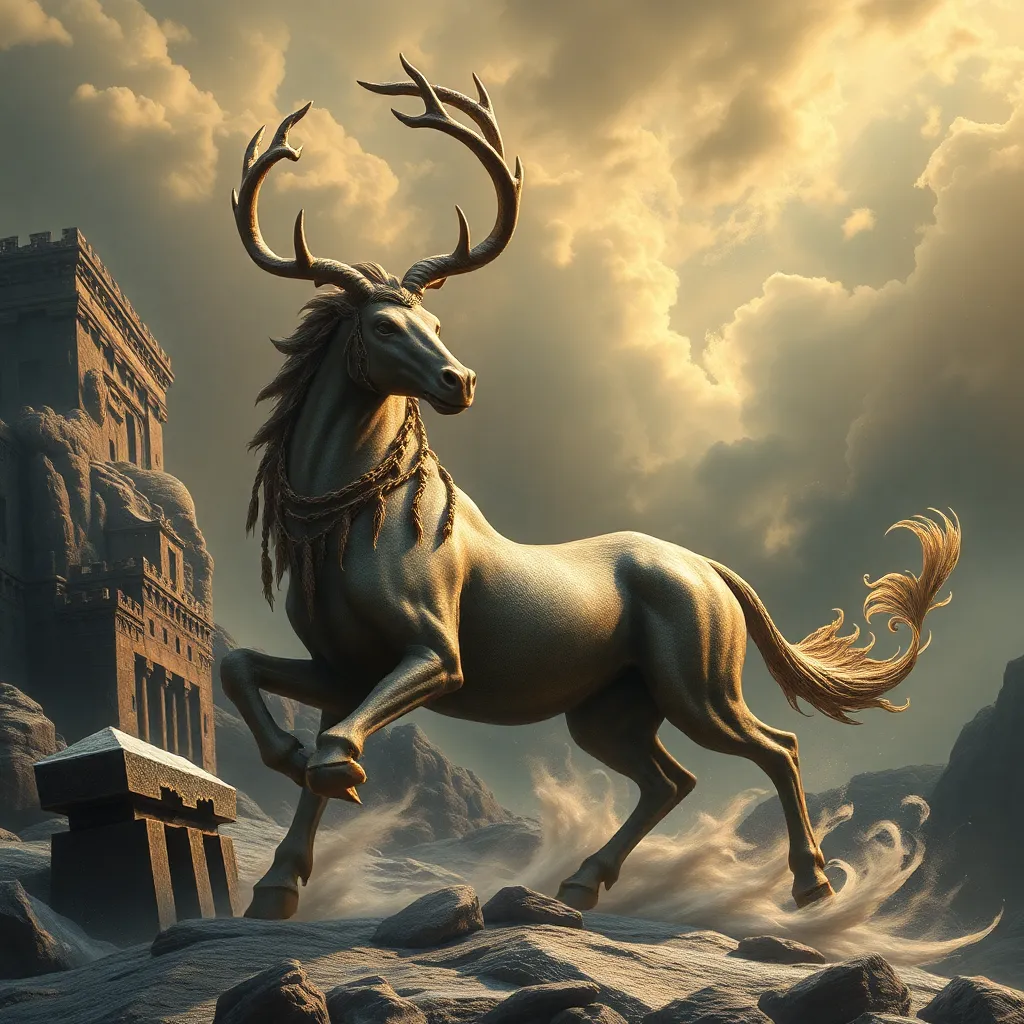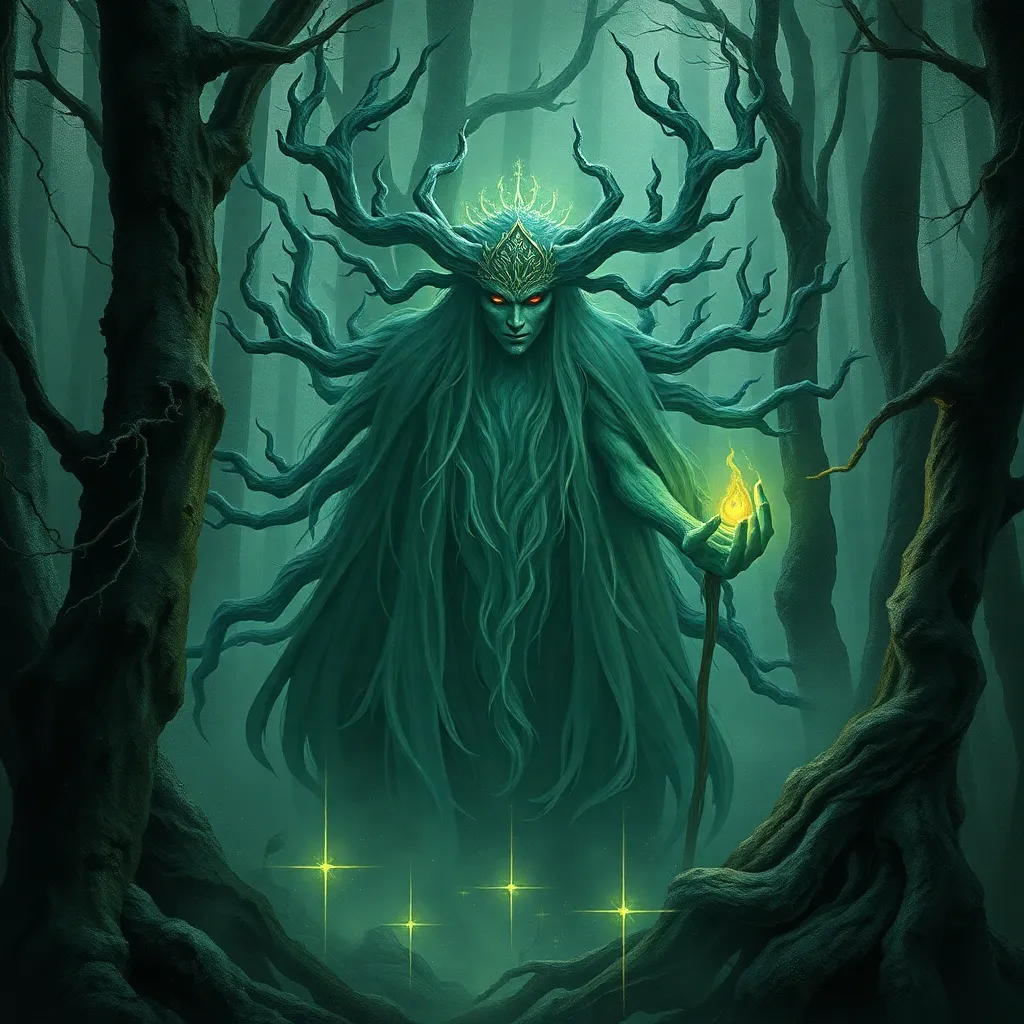Sleipnir Tales: The Babylonian Myths of the Creation of the World and the Gods
I. Introduction to Babylonian Mythology
Babylonian mythology is a rich tapestry woven from the beliefs, stories, and traditions of one of the most influential ancient civilizations in human history. The Babylonians, who flourished between the 18th and 6th centuries BCE in Mesopotamia (modern-day Iraq), created a complex culture that included advancements in mathematics, astronomy, and literature. Their mythology plays a crucial role in understanding the values, fears, and aspirations of their society.
Mythology serves as a lens through which we can examine the lives of ancient peoples, revealing insights into their understanding of the universe, the divine, and humanity’s place within it. The “Sleipnir Tales” focus on the Babylonian myths, particularly the creation stories and gods, which remain relevant to our contemporary understanding of mythology and its impact on culture.
II. The Enuma Elish: The Babylonian Creation Epic
The “Enuma Elish” is the Babylonian creation epic that outlines the origins of the world and the gods. The title translates to “When on High,” referring to the primordial state of the universe before creation. The narrative describes a time when only the freshwater god Apsu and the saltwater goddess Tiamat existed. Their union produced a number of younger gods, who ultimately disturbed Apsu’s peace. In response, Apsu plotted to kill them, but Tiamat intervened, leading to a cosmic conflict.
Key characters in the “Enuma Elish” include:
- Apsu: The personification of fresh water and chaos.
- Tiamat: The embodiment of saltwater, chaos, and primordial creation.
- Marduk: The champion god who ultimately defeats Tiamat and establishes order in the universe.
The themes of chaos and order are central to the “Enuma Elish.” The conflict between Apsu and Tiamat represents the struggle between the chaotic forces of nature and the establishment of a structured cosmos. Marduk’s victory signifies the triumph of order over chaos, a theme that resonates throughout various mythologies.
III. The Nature of the Gods in Babylonian Myths
Babylonian mythology features a pantheon of deities with distinct characteristics and roles, reflecting the complexities of their society and environment. The major gods include:
- Enlil: The god of wind and storms, often considered the king of the gods.
- Ishtar: The goddess of love and war, embodying the duality of human experience.
- Shamash: The sun god, representing justice and truth.
The pantheon is structured hierarchically, with Marduk often taking precedence as the chief deity following his victory over Tiamat. The interplay between gods and humans is significant; gods are depicted as both powerful and capricious, often influencing human affairs, yet also requiring worship and offerings to maintain favor.
IV. The Role of Sleipnir in Mythical Narratives
Sleipnir, while primarily known from Norse mythology as Odin’s eight-legged horse, has intriguing connections within the context of Babylonian tales. The name “Sleipnir” itself can evoke themes of journeys, transitions, and the amalgamation of various elements. In Babylonian narratives, similar attributes can be found in deities associated with movement and travel.
Sleipnir’s attributes include:
- Speed: Representing swiftness in both thought and action.
- Strength: Symbolizing endurance amidst chaos.
- Connection: Bridging different realms, much like the gods who traverse the boundaries between heaven and earth.
In Babylonian mythology, deities such as Adad, the storm god, served similar roles as Sleipnir, guiding humanity through turbulent times and facilitating communication between the divine and mortal realms.
V. Creation of the World: Symbolism and Interpretation
The elements of creation in the “Enuma Elish” are laden with symbolic meanings. Water represents the primordial state of chaos, while the act of separation signifies the establishment of order. The victory of Marduk over Tiamat symbolizes the triumph of civilization over the wild forces of nature.
A comparative analysis with other ancient creation myths reveals common themes:
- Chaos vs. Order: Present in many cultural narratives, including the Greek “Chaos” and the Biblical Genesis.
- Divine Conflict: The struggle between gods is a frequent motif across different mythologies.
- Creation from Sacrifice: Often, the world is formed from the body of a defeated god, a theme echoed in various cultures.
These narratives carry moral and philosophical implications, exploring humanity’s relationship with the divine and the natural world. They encourage reflection on the balance between chaos and order in our lives.
VI. The Influence of Babylonian Myths on Later Cultures
Babylonian myths have significantly influenced subsequent mythologies, particularly those of the Near East. The “Enuma Elish” served as a foundation for later creation stories in cultures such as the Hebrews and the Greeks.
The legacy of Babylonian creation stories is evident in literature and art:
- Literature: Many authors throughout history have drawn inspiration from Babylonian narratives, weaving them into their own works.
- Art: Visual representations of Babylonian myths have been found in artifacts, sculptures, and paintings, showcasing their impact on artistic expression.
Modern interpretations often revisit these themes, examining their relevance in contemporary society and the universal questions they raise about existence and creation.
VII. The Relevance of Babylonian Myths Today
The impact of ancient myths on contemporary society is profound. Babylonian creation stories offer lessons in resilience, the balance of nature, and the complexity of the human experience. They remind us of the importance of storytelling in shaping cultural identity.
Lessons learned from Babylonian creation stories include:
- Understanding Chaos: Embracing the chaos of life as a necessary counterpart to order.
- Respect for Nature: Acknowledging the power and unpredictability of the natural world.
- Humanity’s Role: Recognizing our responsibility in maintaining balance within our environments.
Preserving and studying ancient narratives is crucial for understanding the foundations of our beliefs and values, as well as the evolution of human thought.
VIII. Conclusion: The Enduring Power of Sleipnir Tales
In summary, the significance of Babylonian myths, particularly the “Enuma Elish,” lies in their exploration of creation, the nature of the gods, and the relationship between humanity and the divine. These stories continue to resonate with us today, reminding us of our shared origins and the timeless nature of mythological storytelling.
As we reflect on the enduring power of these tales, we acknowledge their role in shaping our understanding of the world and our place within it. The relevance of Babylonian myths transcends time, inviting us to explore the complexities of existence and the universal themes that connect us all.


